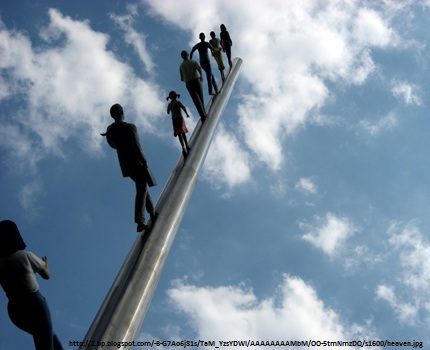Graham Greene’s real and imaginary French Riviera
DOI:
https://doi.org/10.13130/2035-7680/2147Abstract
After living mostly in residential districs : St James’s street, Albany in London, bd. Malesherbes in Paris, Capri where he had bought a house why did Graham Greene decide to spend almost twenty years, from 1966 to 1990, in the small French provincial town of Antibes ? The first answers, given by Greene himself are part of those “clouds of smoke“ that he created all his life so as to remain out of the public eye : health problems (he had had a bad pneumonia in Moscow, but had recovered long ago and lived until the age of eighty-six), the proximity in Juan les Pins of Yvonne Cloetta, the French married woman he had met in 1959 and who was his last loving companion.The reality is to be found in Greene’s answer to a letter from Evelyn Waugh, written in January 1966 to congratulate him for being made a Companion of Honour by the Queen and to thank him for sending him an inscribed copy of his novel, The Comedians. Greene wrote back on January 5th : “1965 was bad for me too. Someone like Jones [in The Comedians], claiming a CBE did away with all my savings so I’ve had to leave England and establish myself in France.“
Metriche
Caricamento metriche ...
Dowloads
Pubblicato
2012-05-20
Come citare
Gallix, François. 2012. «Graham Greene’s Real and Imaginary French Riviera». Altre Modernità, n. 7 (maggio):225-32. https://doi.org/10.13130/2035-7680/2147.
Fascicolo
Sezione
I Creativi Hacedores Les Créatifs The Creative




